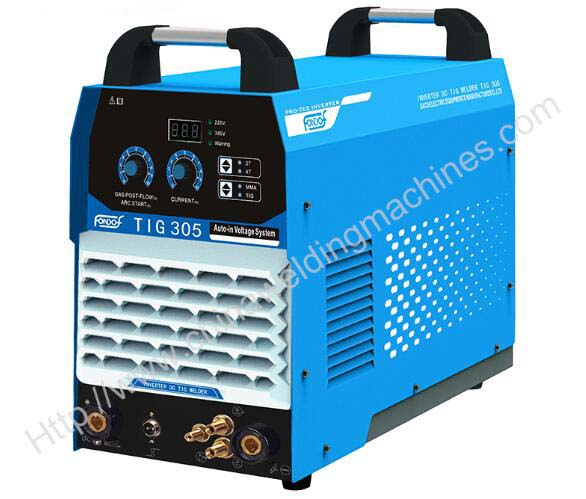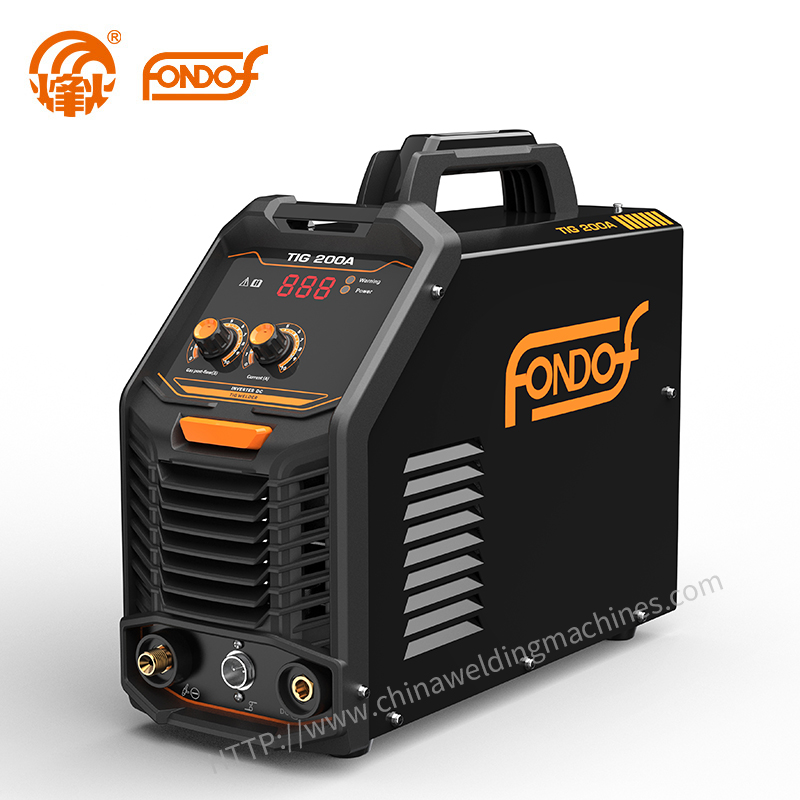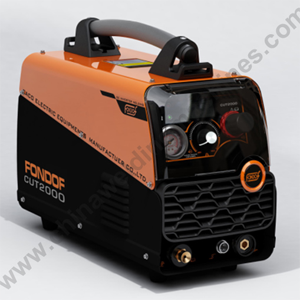How Do TIG Welders Work?
 Aug. 08, 2022
Aug. 08, 2022
How Do TIG Welders Work?
If you are familiar with the oxy-acetylene torch, then you will have an easy ride with TIG welding. During the welding process, you will use an electric torch to weld while feeding the filler rod into the molten puddle. The method also provides welders with the capability to soft start and stop, making the process different from other MIG or stick welding processes.
The process also requires a welder to use an accelerator pedal to control the heat, especially while working on a bench. The heat can be controlled using fingertip remotes on the torch.

What’s the Difference Between MIG and TIG Welding?
Understanding TIG welding involves breaking down the processes involved in MIG. MIG welding involves continually feeding a cord through a metal wire into the weld you are creating. The cord uses the metal supply to easily combine two metallic objects as the welder’s filler material. On the other hand, TIG uses inert tungsten gas to join the two metal objects together and may or may not use filler materials as welding continues.
MIG welding uses consumable filler to combine metal objects. This property makes welding easy when working on larger and thicker metals. TIG welding does not always use filler materials due to heat being generated. You are only required to heat the TIG torch to be extremely hot for you to swiftly weld thinner metals.
When to Use TIG and MIG Welding
1. What is the Thickness of the Metal?
The thicker the metal, the harder it will be to join with just a single heating session. For this reason, thick metals are best welded using MIG. A TIG welding torch is not sufficient for this process.
2. What Electrical Conductivity Do You Need?
It would help if you considered how malleable the metal you are welding is. If it is highly malleable, you will need to heat the metal for a longer time, which uses up more energy. For metals that are electrically resistant and get hot faster, you can weld without filler material, making TIG welding the most suitable method.
3. Do you Need the Metal to be Smooth?
If you use filler materials during welding, you will end up with a lot of weld splatter. Removing the spatters will be an additional task during smoothening. In this case, direct metal to metal welding is best, making TIG welding the ideal method.
4. Are You Welding Dissimilar Metals?
TIG welding is not the best method to use while welding dissimilar metals due to weak bonds between the welds. However, there are instances when you will have to weld different metals. You will go for MIG since it uses a filler material and forms strong bonds on the end product.
When is TIG Welding Commonly Used?
1. Welding Small and Thin Metals
Welding metals such as aluminum are best welded using TIG since it provides the welder with more accuracy. The welder can also perform different actions like decorating the metals. For example, when manufacturing objects that require stylish appearances for the purposes of aesthetics, TIG gets the job done.
2. Precise and Pretty Welds
TIG gives welders more control, allowing you to achieve precision.
3. Variety of DIY Projects
TIG welding’s simplicity and ease make it possible to be used by both beginners and experienced welders while working on their DIY projects. Examples of DIY projects include making bicycles, carts, furniture, and shelving.




























